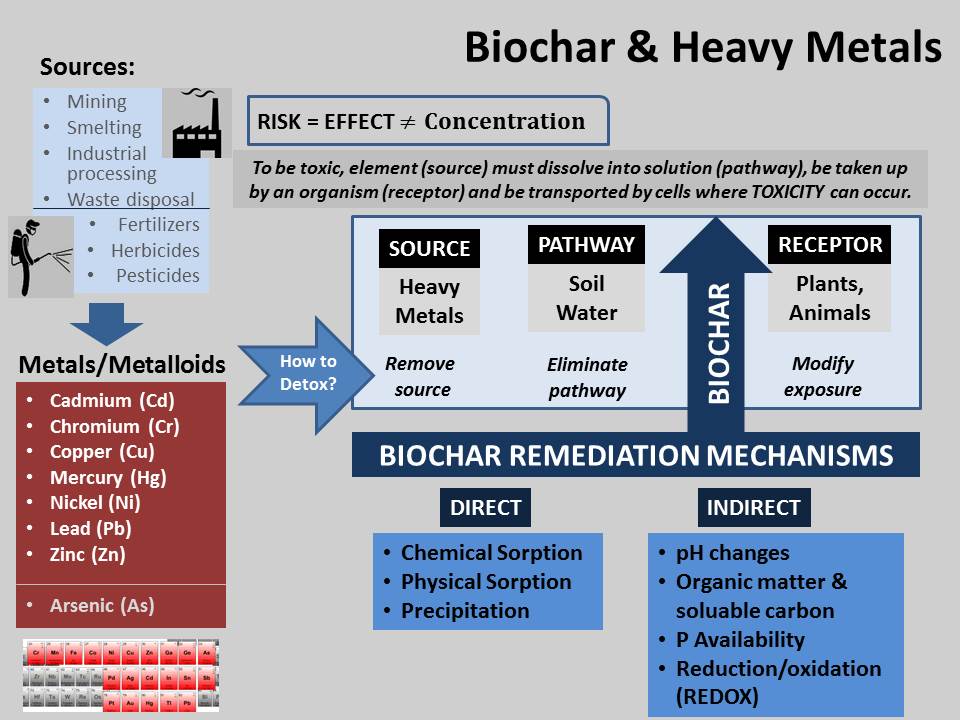I recently took the plunge and purchased the updated ‘Biochar for Environmental Management’ (Lehmann & Joseph 2015), which I often refer to as the ‘biochar bible’. Any book with more than 900 pages would be daunting, but this one is filled with scientific jargon that would keep your average non-scientist (e.g. me) googling for hours just to get through one chapter! Still if one is to succeed in the world of biochar, it is important to try to really understand where the current biochar research is leading, how to optimize biochar characteristics and how biochar impacts soils, carbon & economics. This is one of the few books that endeavors to do that. As I wade through various chapters I thought I would share some of the more interesting nuggets using infographics (an updated variation of ‘Cliff Notes’ if you will) which I designed to help depict and distill the sometimes dense dissertations.
Having just returned from a visit to China where biochar research is heavily slanted towards remediation of toxic soils, I dove into chapter 20 which is titled “Biochar & Heavy Metals” (Beesley et al). The above infographic covers the first part of the chapter which talks about how soils are contaminated, how toxicity can be mitigated and most importantly how biochar can remediate toxic soils. The mechanisms by which biochar can help immobilize toxins deserves an infographic on its own (working on it!), but this first one gives an overall view of the problem and how biochar can help. Hope you find it useful!


